Microdosing and Measurable Biometric Changes
Microdosing is one of those things people talk about in vague terms. More clarity. More creativity. Feeling more in tune. But how do we actually measure that? Can we track these shifts beyond just how we feel? That is where biometrics come in.
Wearable devices like WHOOP, Oura Ring, Apple Watch, and Fitbit offer real-time insights into heart rate variability, sleep quality, resting heart rate, and recovery. These data points help determine if microdosing is making a difference. But raw data without context can feel like noise. This is where AI steps in.
By using ChatGPT to analyse biometric trends, we can refine our microdosing protocol based on actual patterns, not just subjective impressions. No more guesswork—just real insights into what works.
Key Biometrics to Track While Microdosing
Numbers do not lie. Tracking biometrics allows us to see if microdosing influences our nervous system, sleep, and recovery. Here is what is worth paying attention to.
Heart Rate Variability (HRV): The Nervous System’s Scoreboard
HRV measures the space between heartbeats. More variation suggests better nervous system balance, while lower HRV can indicate stress.
Some microdosers have noticed HRV improvements, which could point to greater resilience.
How to Use ChatGPT:
Upload HRV data from WHOOP or Oura Ring over a multi-week period and ask ChatGPT to analyse trends. Look for patterns, does HRV consistently improve on microdosing days compared to off days?
Resting Heart Rate (RHR): A Window Into Recovery
A lower RHR is generally a good thing. It means our cardiovascular system is running efficiently. Some people notice microdosing aligns with subtle reductions in RHR over time, possibly due to autonomic nervous system shifts.
How to Use ChatGPT:
Input RHR data before and after microdosing. Ask ChatGPT if there is a downward trend or fluctuations that stand out. Cross-reference with exercise, diet, and stress to see what else is in play.
Sleep Quality: Separating Perception From Reality
People often report deeper sleep and more vivid dreams when microdosing. Looking at sleep data—like deep sleep, REM percentages, and overall sleep duration—can help separate perception from reality.
How to Use ChatGPT:
Upload sleep metrics and let AI compare patterns. Does microdosing improve deep sleep or disrupt it? Are REM percentages changing? Spotting trends can help refine dosing schedules.
Recovery Scores and Strain: Tracking Stress Adaptation
Wearables like WHOOP calculate overall recovery based on HRV, RHR, and sleep. Some microdosers see a boost in recovery, which might mean better stress adaptation and faster bounce-back from intense days.
How to Use ChatGPT:
Feed in recovery scores and ask ChatGPT to compare microdosing versus non-microdosing days. Look for correlations between dosage timing and recovery improvements.
Using ChatGPT for Trend Analysis
ChatGPT makes interpreting data easier by identifying trends that might not be obvious at first glance. It helps compare different microdosing protocols, determine which frequency works best, and account for lifestyle factors like sleep, diet, and exercise.
Example ChatGPT Prompt for Trend Analysis
“I have HRV, RHR, and sleep data from my Oura Ring over the last six weeks. For the first three weeks, I was not microdosing. For the last three weeks, I microdosed every third day. Can you help me analyse whether microdosing has had a measurable impact?”
Advanced Data Analysis with CSV Uploads
If our wearable allows CSV exports, AI can help with deeper insights. Uploading files into ChatGPT allows us to:
- Compare biometric trends over time
- Generate visual graphs showing changes in HRV, RHR, and sleep patterns
- Highlight significant correlations between microdosing days and biometric shifts
Having access to raw data is powerful, but only if we know what to do with it. AI makes that process seamless.
Optimising Our Microdosing Practice with Data
By combining real-time biometric tracking with AI analysis, we can move beyond guesswork. Instead of relying on how we think we feel, data-driven insights provide a clearer picture of what is actually happening.
If we are already tracking our biometrics, experimenting with analysing trends using ChatGPT might reveal patterns we never noticed before. And if we are not tracking yet, maybe now is the time to start.
If you feel ready to start microdosing, order your Starter Pack and start tracking your numbers. I bet you will be fascinated by the results!
As always,
Shine bright. Do good. Flow strong.
Asha ✨
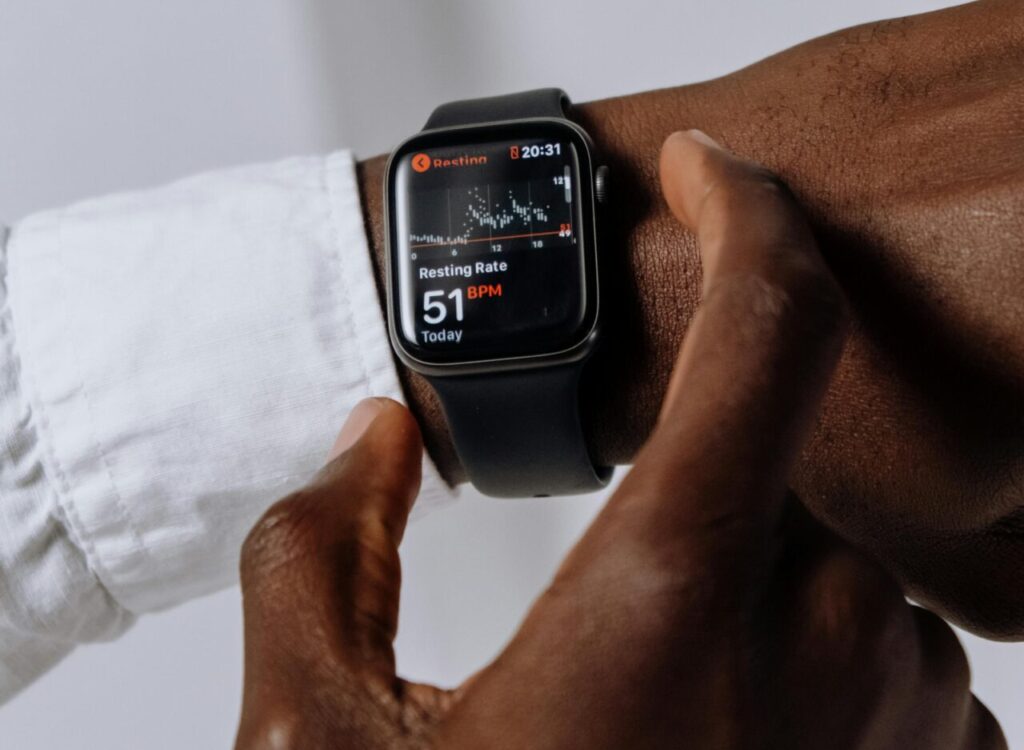
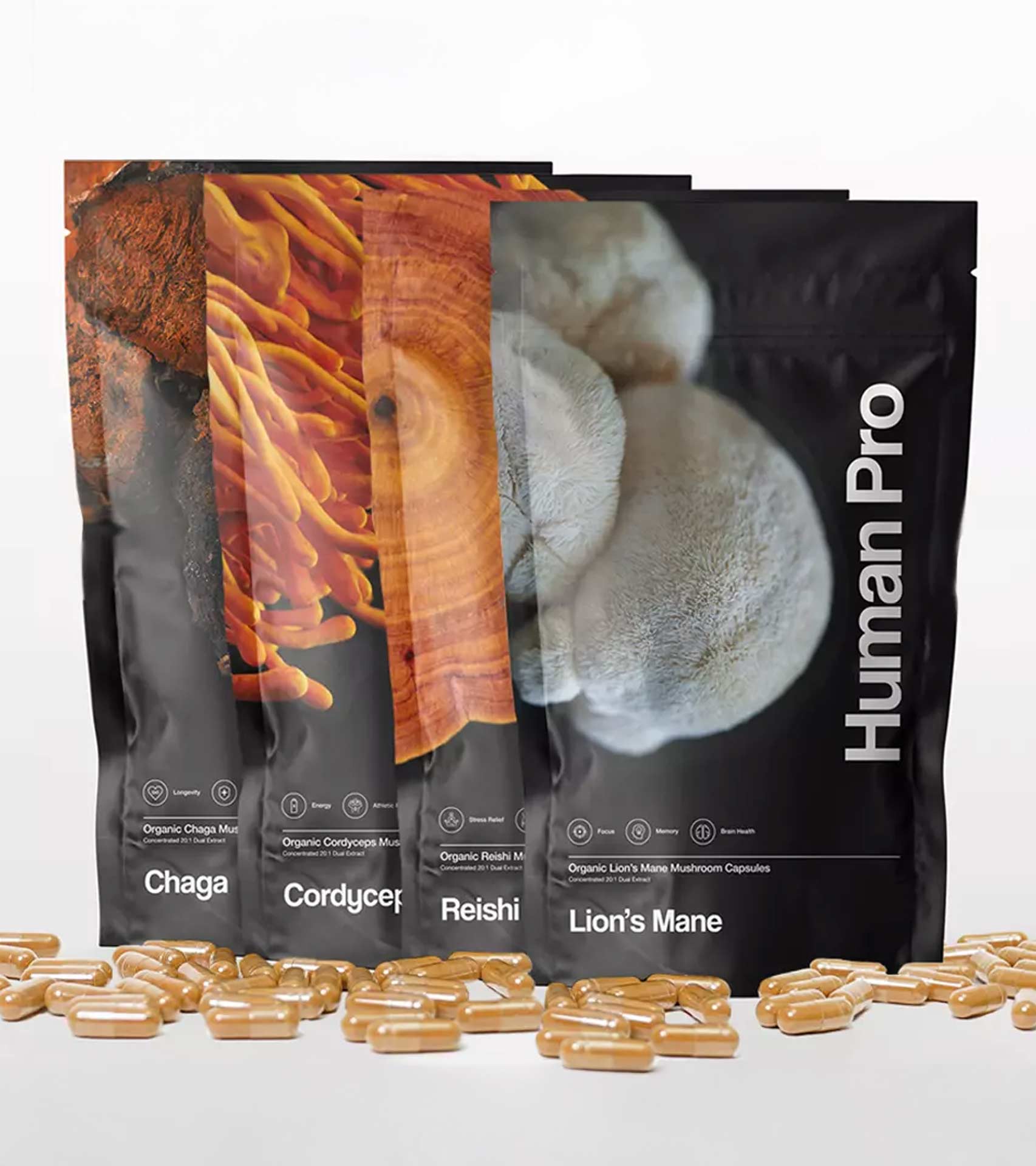

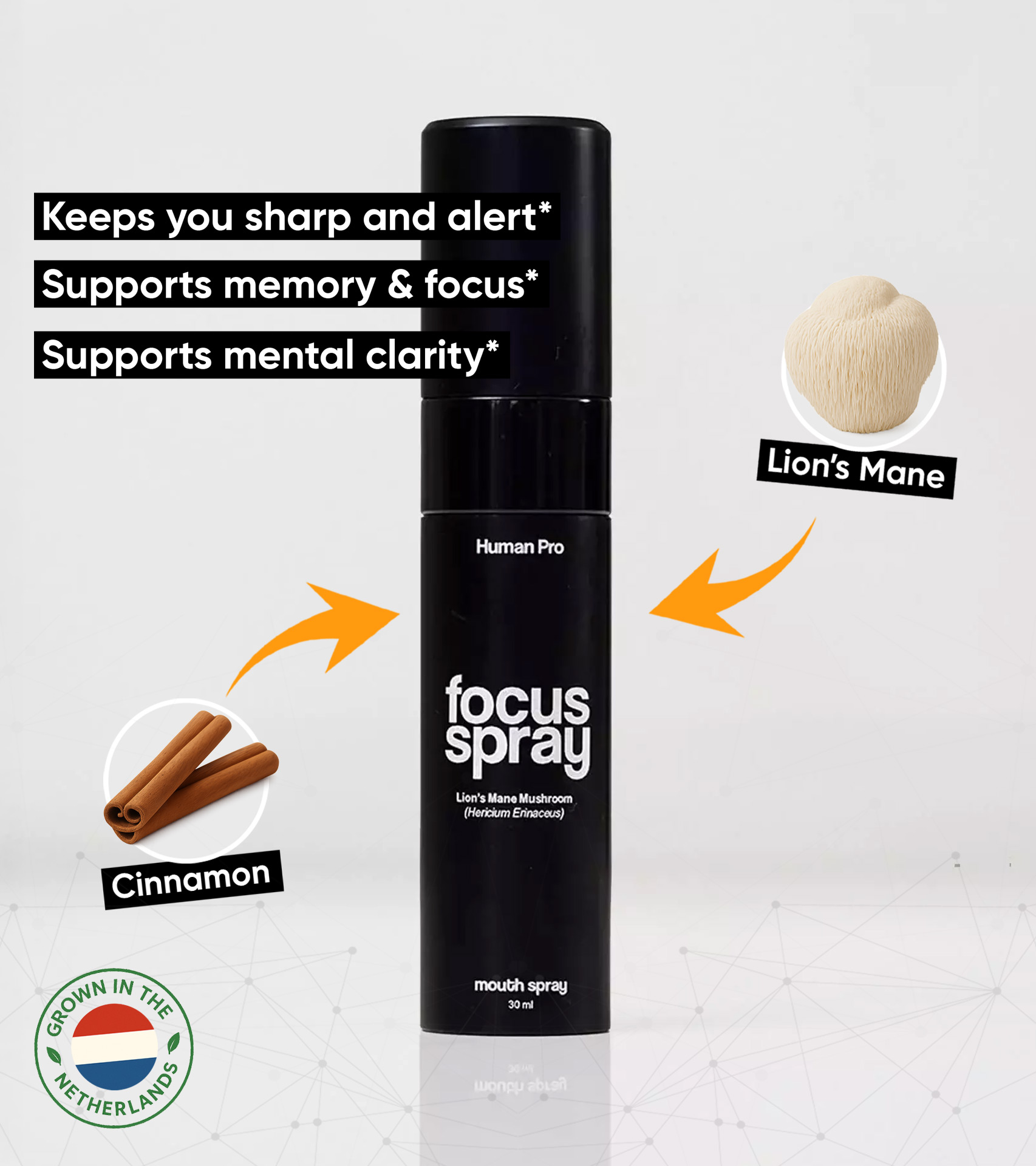
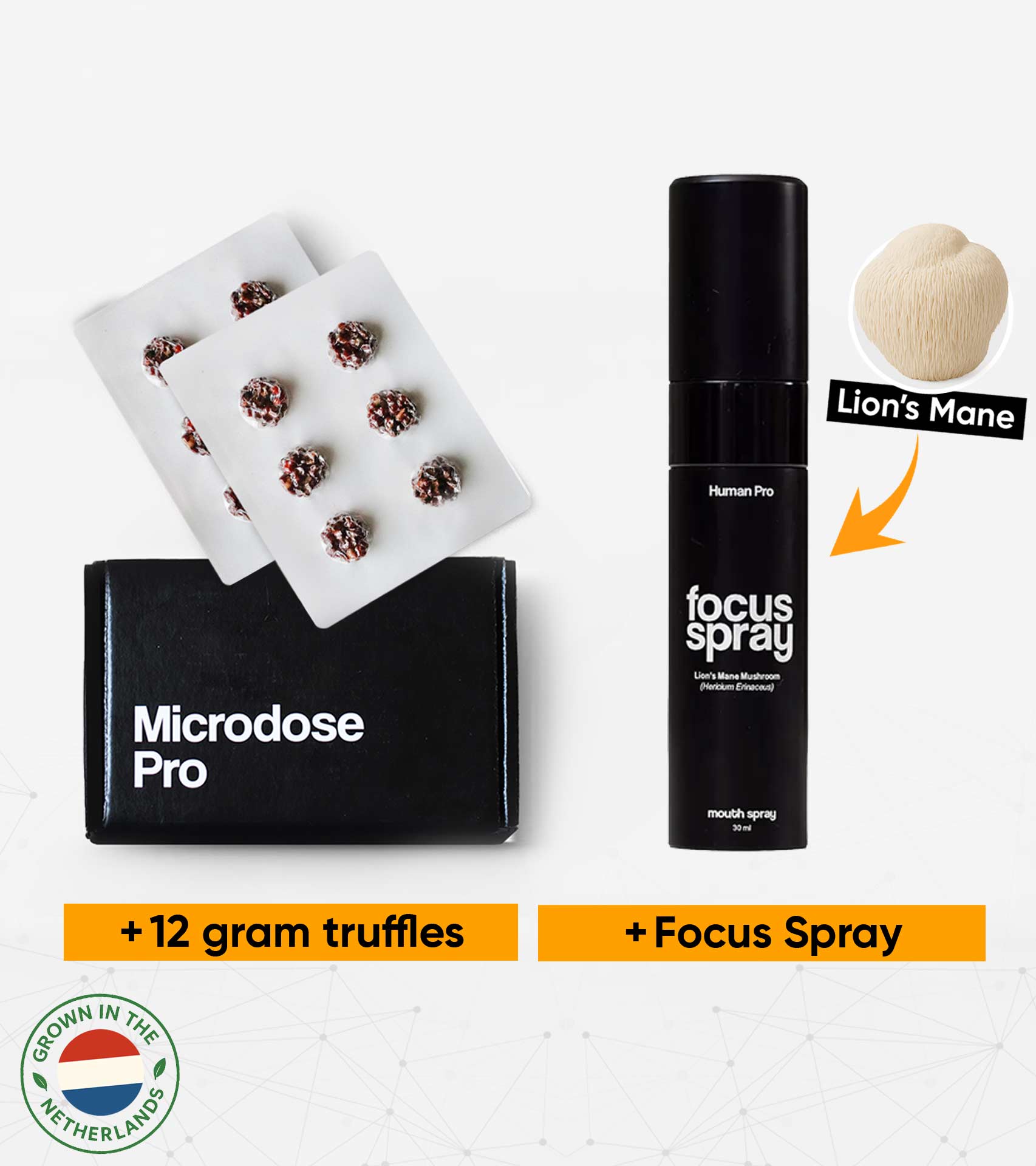
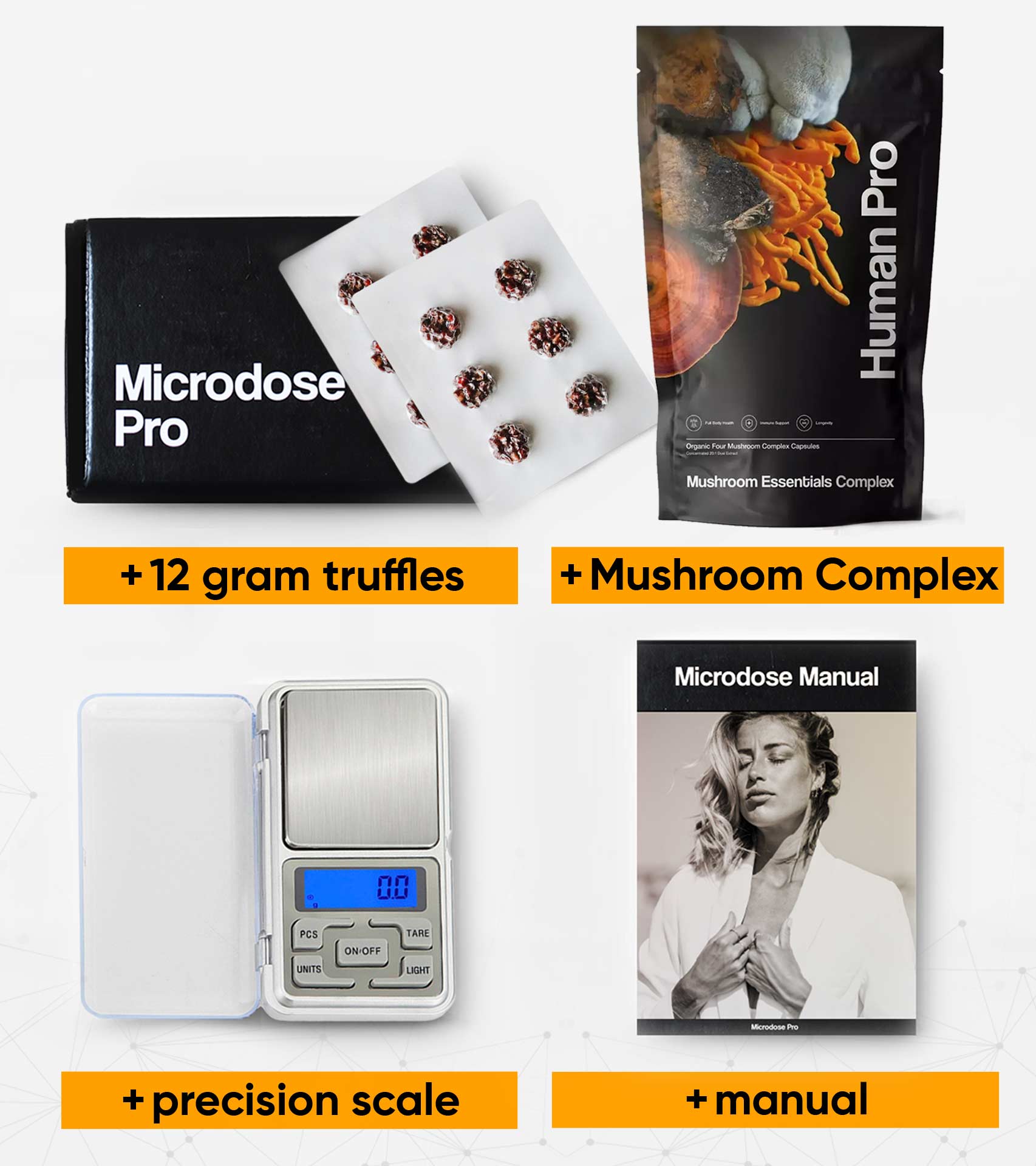

0 thought on “Microdosing and Measurable Biometric Changes”